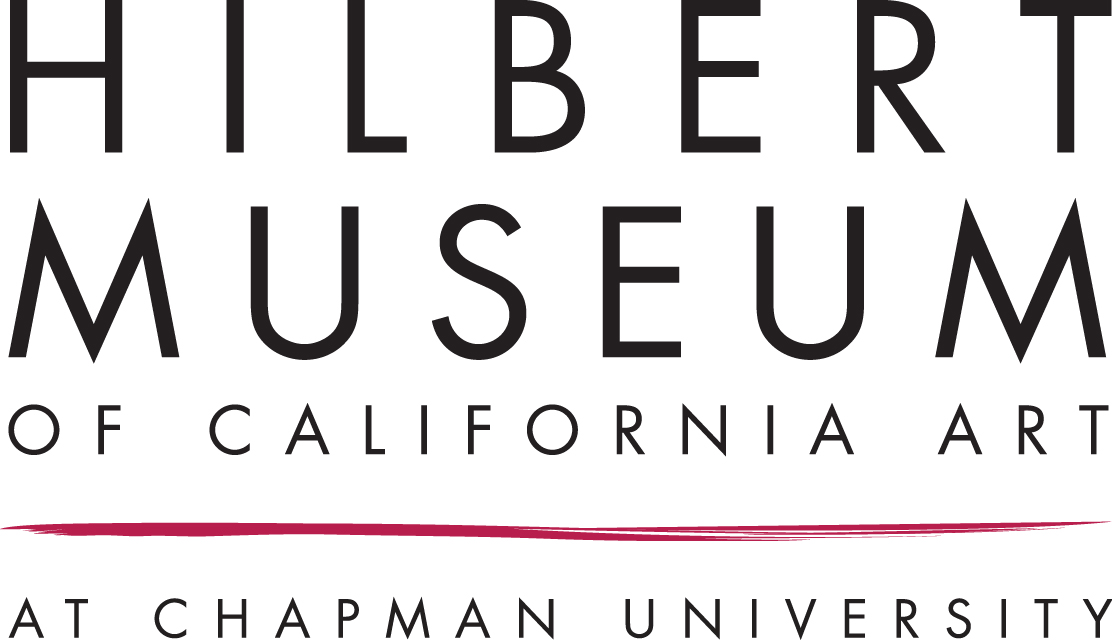All Aboard: The Romance of California's Railroads
Saturday, December 10, 2022 - Saturday, May 6, 2023
Everyone loves trains! But stop to consider exactly how vital the railroads have been in the modern history of California.
California’s railroad history is unique. Its first railroad didn’t appear until the discovery of gold brought the territory (which became a state in 1850) into the vast public consciousness. After the Gold Rush and with the completion of the Transcontinental Railroad, California’s railroad systems expanded quickly, encompassing more than 2,000 miles of rail by 1880. Suddenly this once-exotic far outpost of the United States, squarely facing the lands of the Pacific Rim, was brought closer to the rest of the country by the rails.
By the turn of the century, railroads were carrying thousands of new residents to California from points east, as popular advertising campaigns lured people to the sunshine and untold promise of the Golden State.
Trains played a crucial role in Southern California’s citrus industry, making it possible for growers to ship their oranges and lemons directly to the Midwest and Atlantic Coast – and citrus packing houses sprang up alongside the rails in Los Angeles, Orange, Ventura, Riverside, San Bernardino, Santa Barbara, San Diego, and Imperial Counties. Railroad companies competed to corner the citrus-transport market, resulting in an extensive network of rails across this “orange empire,” and in technological innovations such as refrigerator cars and automated packing equipment.
By the early twentieth century, the shipping of California’s “black gold” – oil – by train to the rest of the county had resulted in the development of steel tank cars. California’s railroads – beginning with Southern Pacific -- also innovated by converting coal-burning locomotives to run on the new, abundant fuel source, oil.
From those early days onward, California artists have enthusiastically portrayed the many facets of the state’s railroads. From atmospheric depictions of engines wreathed in clouds of steam to dramatic nocturnes, from images of peaceful rural platforms and bustling urban train stations to representations of the people who worked and rode aboard the trains, these paintings are a vivid visual chronicle of the realities – and the romance – of California’s railroads.
Curated by Mary Platt
California’s railroad history is unique. Its first railroad didn’t appear until the discovery of gold brought the territory (which became a state in 1850) into the vast public consciousness. After the Gold Rush and with the completion of the Transcontinental Railroad, California’s railroad systems expanded quickly, encompassing more than 2,000 miles of rail by 1880. Suddenly this once-exotic far outpost of the United States, squarely facing the lands of the Pacific Rim, was brought closer to the rest of the country by the rails.
By the turn of the century, railroads were carrying thousands of new residents to California from points east, as popular advertising campaigns lured people to the sunshine and untold promise of the Golden State.
Trains played a crucial role in Southern California’s citrus industry, making it possible for growers to ship their oranges and lemons directly to the Midwest and Atlantic Coast – and citrus packing houses sprang up alongside the rails in Los Angeles, Orange, Ventura, Riverside, San Bernardino, Santa Barbara, San Diego, and Imperial Counties. Railroad companies competed to corner the citrus-transport market, resulting in an extensive network of rails across this “orange empire,” and in technological innovations such as refrigerator cars and automated packing equipment.
By the early twentieth century, the shipping of California’s “black gold” – oil – by train to the rest of the county had resulted in the development of steel tank cars. California’s railroads – beginning with Southern Pacific -- also innovated by converting coal-burning locomotives to run on the new, abundant fuel source, oil.
From those early days onward, California artists have enthusiastically portrayed the many facets of the state’s railroads. From atmospheric depictions of engines wreathed in clouds of steam to dramatic nocturnes, from images of peaceful rural platforms and bustling urban train stations to representations of the people who worked and rode aboard the trains, these paintings are a vivid visual chronicle of the realities – and the romance – of California’s railroads.
Curated by Mary Platt



